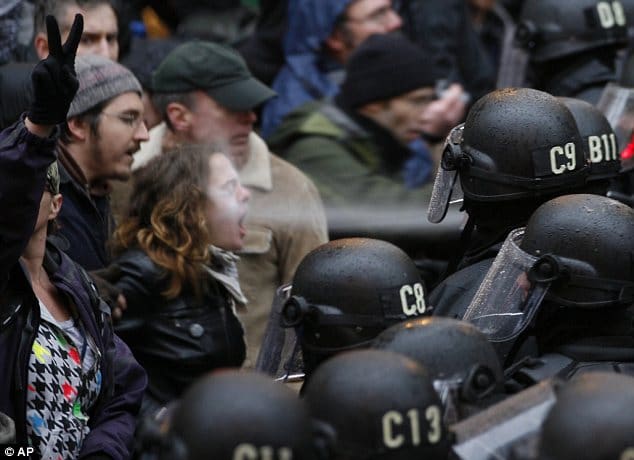Women are angry.
Western media announces this time and time again, briefly casting its eye over the rage that imbues the everyday experience of being a woman.
Within this statement is the message, normalised in our society, that where ‘women’ prefaces ‘angry’, the anger is irrational, excessive, threatening, and somehow worthy of a headline. And yet, angry women are nothing new. It’s ironic that in a context where we are denied anger, it’s women, not men, who have so much to be mad about.
I have always been an angry person, and yet I write little about it. It’s odd, but I cannot recall ever deconstructing my rage, or another woman’s, on the page. Since I was a toddler, my frustrations were converted into white hot rage that rattled door frames and burst pillows at the seams as they were walloped against furniture. The reasons would be trivial: taming my thick curls, or my father teaching me a difficult piano piece. It could kindle out of nowhere, clawing its way out of my throat in words sharpened to cut, and I would relish the satisfying thunk of them landing in their target, despite the guilt that always followed. I still often do, though it lands me in more trouble now as a woman, rather than a small girl.
Anger is a primitive part of the spectrum of human emotion, and studies show women are no more or less angry than men. It has evolved to promote survival by triggering our fight-or-flight instinct, inspiring recklessness. ‘Anger hormones,’ in the right context, can also improve sports performance, political negotiation, business decision making, and trigger creativity. Women relinquish the power of anger, a part of our evolutionary toolkit, when we’re taught to conform to gendered norms of emotional expression.
“Anger remains the emotion that is least acceptable for girls and women because it is the first line of defense against injustice,” writes Soraya Chemaly in Rage Becomes Her (2018). When we get angry, we violate ‘feminine’ qualities of passivity, maternity, compassion, softness, and subordination to masculine power. An angry woman is not a woman, says patriarchy. She’s a ‘bitch’, ‘psychopath’, ‘madwoman in the attic’, ‘witch’, ‘mean girl’, or a ‘femiNazi’. She is ‘shrill’, or ‘annoying’. She won’t ‘give us a smile’.
Posing this topic to certain men, I was affronted with the argument that the stigma around women’s rage has dissolved. That it’s a fable more relevant to the 20th century than our own. But any claim that the campaigning of several feminist waves has destigmaised women’s anger belies the omnipotence of the Western patriarchy today. In fact, this is the same argument wielded against 21st century feminism, claiming its superfluity.
In fact, the male gaze is far more powerful when it is invisible. When society tells women they cannot be outwardly angry —- that it’s more socially acceptable to be sad —- that same anger is directed inward, upon one’s inability to measure up to social standards. In such a way, depression, anxiety, self harm, and low self-esteem are pathologised as symptoms of girlhood, evidence of women’s innately ‘insufficient’ biology, according to feminist theorist Angela McRobbie.
Male anger, and associated violence, is shorthand for the hypermasculinity and emotional repression that men are rewarded for in imperialist-patriarchal culture. The anger glorified in ancient stories of battle, heroism and honour, such as Homer’s The Iliad, differs little from the bloody pornographies of modern warfare depicted by today’s historical films like Gallipoli (1981) and Dunkirk (2017). These images permeate male-dominated action films, religiously-followed sports, and the rhetoric of male political figures.
Yet women’s anger continues to disempower them, vilified by patriarchal systems of meaning. A 2008 study by Harvard Kennedy School found that professional women suffer a decline in perceived competence for displays of emotion in the workplace, while men expressing anger are more likely to be hired and given more autonomy at work. Serena Williams was infamously criticised for outbursts on the tennis court as issues of race and the ‘angry black woman’ stereotype were brought to the fore.
In the political sphere, Hillary Clinton and Julia Gillard were notoriously demonised in their election campaigns by political opponents and the media, intent on sustaining the sexist narrative that angry, powerful women are manipulative, licentious, ‘too emotional’ to make decisions, and even sub-human.
There are exceptions, you might say. Gillard’s rage-filled misogyny speech has racked up millions of views on Youtube, and Australian of the Year and sexual assault survivor Grace Tame’s passionate speech at the National Press Conference was positively received by mainstream media.
Yet this proves the socially acceptable expression of women’s anger is excruciatingly narrow. It is demarcated by whiteness, calmness, eloquence, being cishet-passing, and often attractiveness. There’s little, or no, space for ‘outburst’, or intersectional difference. It is an exception to the rule, not equality.
“Women are angry,” says the media. If this statement is valuable in any way, it must be as a reminder to hold onto our anger and stoke its flames. Because women’s anger is above all else human anger. It is transformative. It is our fight-or-flight instinct, in a world where the odds have always been stacked against our survival.





